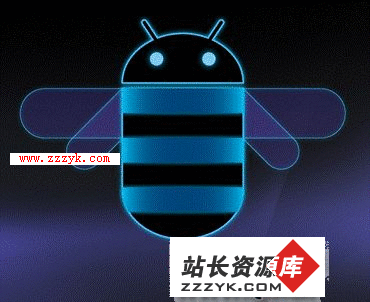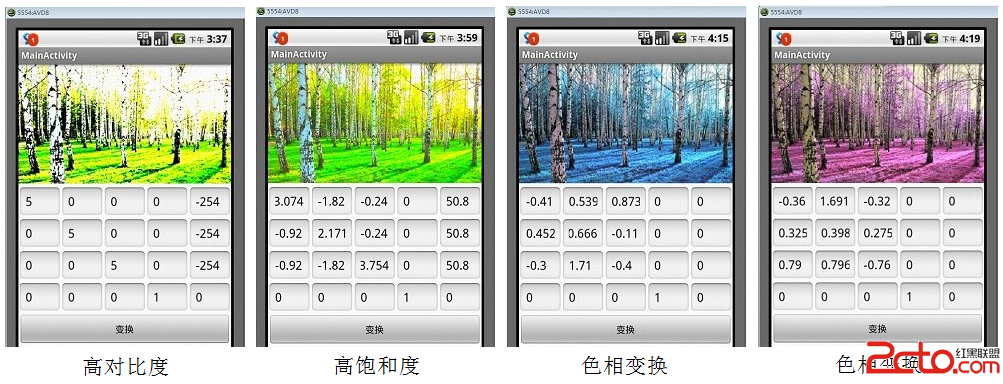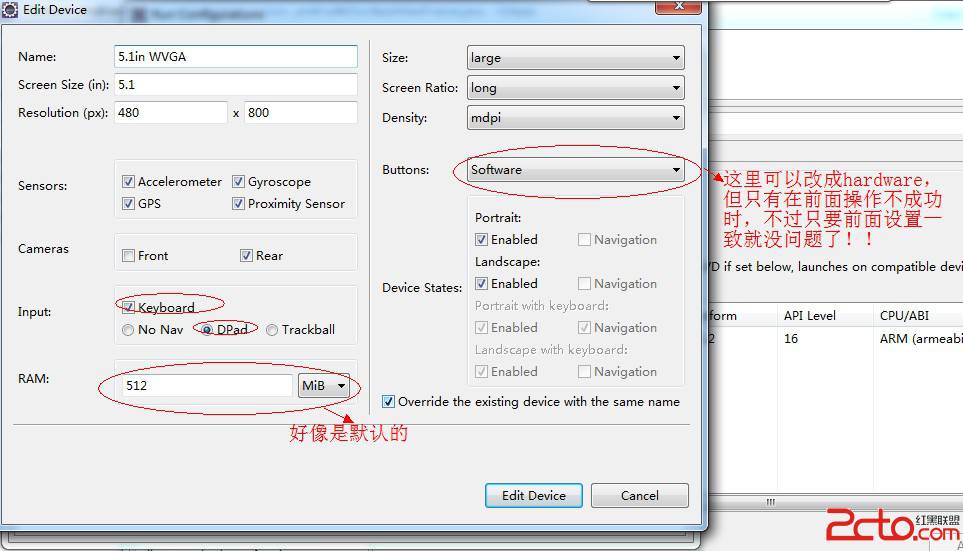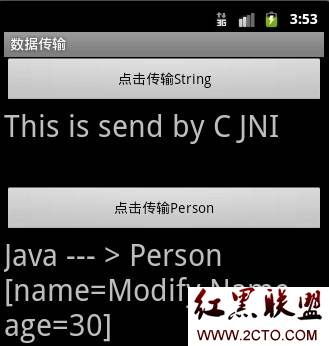The JAR file D:/..../android.jar has no source attachment

解决
1、下载android源码,下载地址:http://download.csdn.net/detail/gogler/4046554
2、将android源码发到如下位置:
3、配置eclipse:


4、查看API内容,比如Service.class的原定义如下:
[html]
/*
* Copyright (C) 2006 The Android Open Source Project
*
* Licensed under the Apache License, Version 2.0 (the "License");
* you may not use this file except in compliance with the License.
* You may obtain a copy of the License at
*
* http://www.apache.org/licenses/LICENSE-2.0
*
* Unless required by applicable law or agreed to in writing, software
* distributed under the License is distributed on an "AS IS" BASIS,
* WITHOUT WARRANTIES OR CONDITIONS OF ANY KIND, either express or implied.
* See the License for the specific language governing permissions and
* limitations under the License.
*/
package android.app;
import android.content.ComponentCallbacks2;
import android.content.ComponentName;
import android.content.Intent;
import android.content.ContextWrapper;
import android.content.Context;
import android.content.res.Configuration;
import android.os.Build;
import android.os.RemoteException;
import android.os.IBinder;
import android.util.Log;
import java.io.FileDescriptor;
import java.io.PrintWriter;
/**
* A Service is an application component representing either an application's desire
* to perform a longer-running operation while not interacting with the user
* or to supply functionality for other applications to use. Each service
* class must have a corresponding
* {@link android.R.styleable#AndroidManifestService <service>}
* declaration in its package's <code>AndroidManifest.xml</code>. Services
* can be started with
* {@link android.content.Context#startService Context.startService()} and
* {@link android.content.Context#bindService Context.bindService()}.
*
* <p>Note that services, like other application objects, run in the main
* thread of their hosting process. This means that, if your service is going
* to do any CPU intensive (such as MP3 playback) or blocking (such as
* networking) operations, it should spawn its own thread in which to do that
* work. More information on this can be found in
* <a href="{@docRoot}guide/topics/fundamentals/processes-and-threads.html">Processes and
* Threads</a>. The {@link IntentService} class is available
* as a standard implementation of Service that has its own thread where it
* schedules its work to be done.</p>
*
* <p>Topics covered here:
* <ol>
* <li><a href="#WhatIsAService">What is a Service?</a>
* <li><a href="#ServiceLifecycle">Service Lifecycle</a>
* <li><a href="#Permissions">Permissions</a>
* <li><a href="#ProcessLifecycle">Process Lifecycle</a>
* <li><a href="#LocalServiceSample">Local Service Sample</a>
* <li><a href="#RemoteMessengerServiceSample">Remote Messenger Service Sample</a>
* </ol>
*
* <div class="special reference">
* <h3>Developer Guides</h3>
* <p>For a detailed discussion about how to create services, read the
* <a href="{@docRoot}guide/topics/fundamentals/services.html">Services</a> developer guide.</p>
* </div>
*
* <a name="WhatIsAService"></a>
* <h3>What is a Service?</h3>
*
* <p>Most confusion about the Service class actually revolves around what
* it is <em>not</em>:</p>
*
* <ul>
* <li> A Service is <b>not</b> a separate process. The Service object itself
* does not imply it is running in its own process; unless otherwise specified,
* it runs in the same process as the application it is part of.
* <li> A Service is <b>not</b> a thread. It is not a means itself to do work off
* of the main thread (to avoid Application Not Responding errors).
* </ul>
*
* <p>Thus a Service itself is actually very 易做图, providing two main features:</p>
*
* <ul>
* <li>A facility for the application to tell the system <em>about</em>
* something it wants to be doing in the background (even when the user is not
* directly interacting with the application). This corresponds to calls to
* {@link android.content.Context#startService Context.startService()}, which
* ask the system to schedule work for the service, to be run until the service
* or someone else explicitly stop it.
* <li>A facility for an application to expose some of its functionality to
* other applications. This corresponds to calls to
* {@link android.content.Context#bindService Context.bindService()}, which
* allows a long-standing connection to be made to the service in order to
* interact with it.
* </ul>
*
* <p>When a Service component is actually created, for either of these reasons,
* all that the system actually does is instantiate the component
* and call its {@link #onCreate} and any other appropriate callbacks on the
* main thread. It is up to the Service to implement these with the appropriate
* behavior, such as creating a secondary thread in which it does its work.</p>
*
* <p>Note that because Service itself is so 易做图, you can make your
* interaction with it as 易做图 or complicated as you want: from treating it
* as a local Java object that you make direct method calls on (as illustrated
* by <
补充:移动开发 , Android ,




